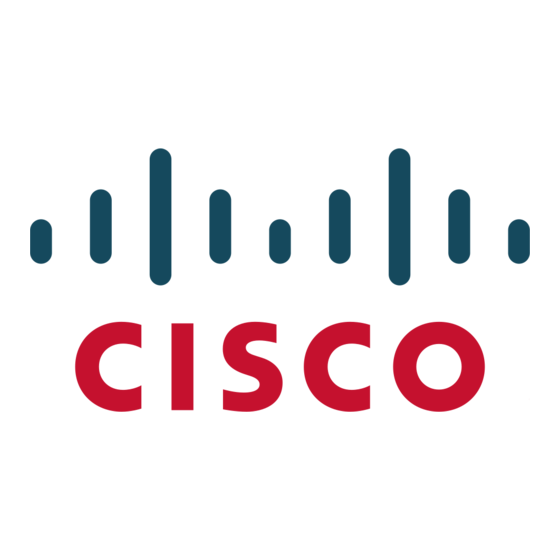Cisco 3560-48TS - Catalyst EMI Switch Datenblatt - Seite 5
Blättern Sie online oder laden Sie pdf Datenblatt für Schalter Cisco 3560-48TS - Catalyst EMI Switch herunter. Cisco 3560-48TS - Catalyst EMI Switch 23 Seiten. Cisco catalyst 3560-48ts: product brochure
Auch für Cisco 3560-48TS - Catalyst EMI Switch: Produkt-Bulletin (5 seiten), Produkt-Support-Bulletin (6 seiten), Spezifikationen (3 seiten), Produkt-Support-Bulletin (4 seiten), Broschüre (8 seiten)

Data Sheet
switch itself. Fifteen levels of authorization on the switch console and two levels on the Web-based
management interface provide the ability to give different levels of configuration capabilities to
different administrators.
Availability and Scalability
The Cisco Catalyst 3560 Series is equipped with a robust set of features that allow for network
scalability and higher availability through IP routing as well as a complete suite of Spanning Tree
Protocol enhancements aimed to maximize availability in a Layer 2 network.
The Cisco Catalyst 3560 switches deliver high-performance, hardware-based IP routing. The Cisco
Express Forwarding-based routing architecture allows for increased scalability and performance.
This architecture allows for very high-speed lookups while also helping ensure the stability and
scalability necessary to meet the needs of future requirements. In addition to dynamic IP unicast
routing, the Cisco Catalyst 3560 Series is perfectly equipped for networks requiring multicast
support. Protocol Independent Multicast (PIM) and Internet Group Management Protocol (IGMP)
snooping in hardware make the Cisco Catalyst 3560 Series switches ideal for intensive multicast
environments.
Implementing routed uplinks to the core improves network availability by enabling faster failover
protection and simplifying the Spanning Tree Protocol algorithm by terminating all Spanning Tree
Protocol instances at the aggregator switch. If one of the uplinks fails, quicker failover to the
redundant uplink can be achieved with a scalable routing protocol such as Open Shortest Path
First (OSPF) or Enhanced Interior Gateway Routing Protocol (EIGRP) rather than relying on
standard Spanning Tree Protocol convergence. Redirection of a packet after a link failure using a
routing protocol results in faster failover than a solution that uses Layer 2 spanning-tree
enhancements. Additionally, routed uplinks allow better bandwidth use by implementing equal cost
routing (ECR) on the uplinks to perform load balancing. Routed uplinks optimize the utility of
uplinks out of the LAN Access by eliminating unnecessary broadcast data flows into the network
backbone.
The Cisco Catalyst 3560 also offers dramatic bandwidth savings as a wiring-closet switch in a
multicast environment. Using routed uplinks to the network core eliminates the requirement to
transmit multiple streams of the same multicast from the upstream content servers to LAN access
switches. For example, if three users are assigned to three separate VLANs and they all want to
view multicast ABC, then three streams of multicast ABC must be transmitted from the upstream
router to the wiring-closet switch-assuming the wiring-closet switch is not capable of routed
uplinks. Deploying IP routing to the core with Cisco Catalyst 3560 switches allows users to create
a scalable, multicast-rich network. The Cisco IP Services license offers IPv6 routing , including
support for simultaneous IPv4 and IPv6 forwarding. IPv6 protocol support includes OSPFv3, and
EIGRPv6. IPv6 management and MLD Snooping are supported on all Cisco Catalyst 3560
software images.
Enhancements to the standard Spanning Tree Protocol, such as Per-VLAN Spanning Tree Plus
(PVST+), Uplink Fast, and PortFast, maximize network uptime. PVST+ allows for Layer 2 load
sharing on redundant links to efficiently use the extra capacity inherent in a redundant design.
Uplink Fast, PortFast, and BackboneFast all greatly reduce the standard 30- to 60-second
Spanning Tree Protocol convergence time. Loop guard and bridge-protocol-data-unit (BPDU)
guard provide Spanning Tree Protocol loop avoidance.
© 2009 Cisco Systems, Inc. All rights reserved. This document is Cisco Public Information.
Page 5 of 22
